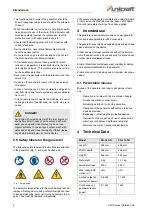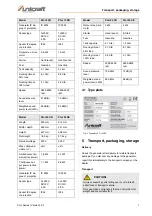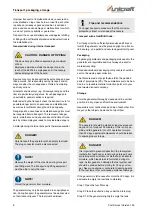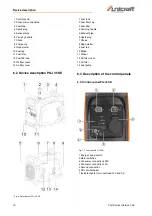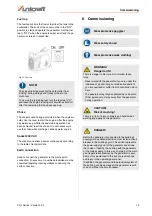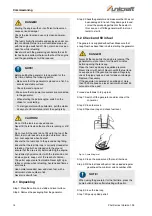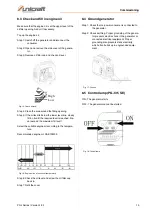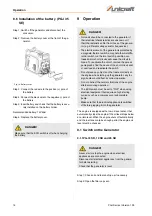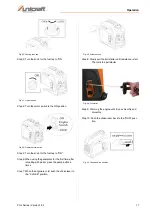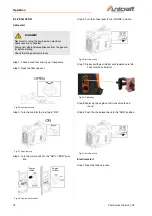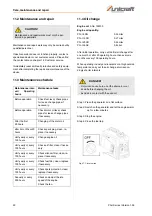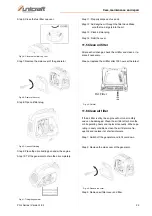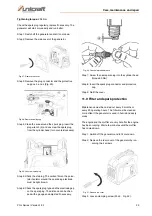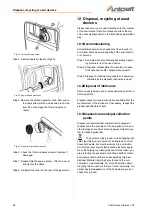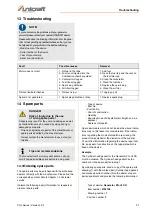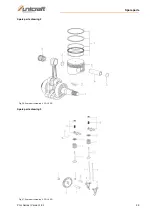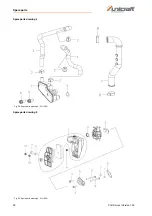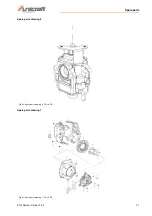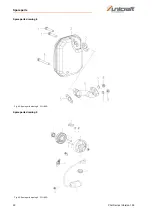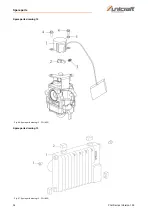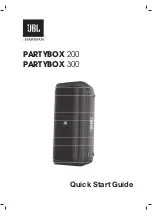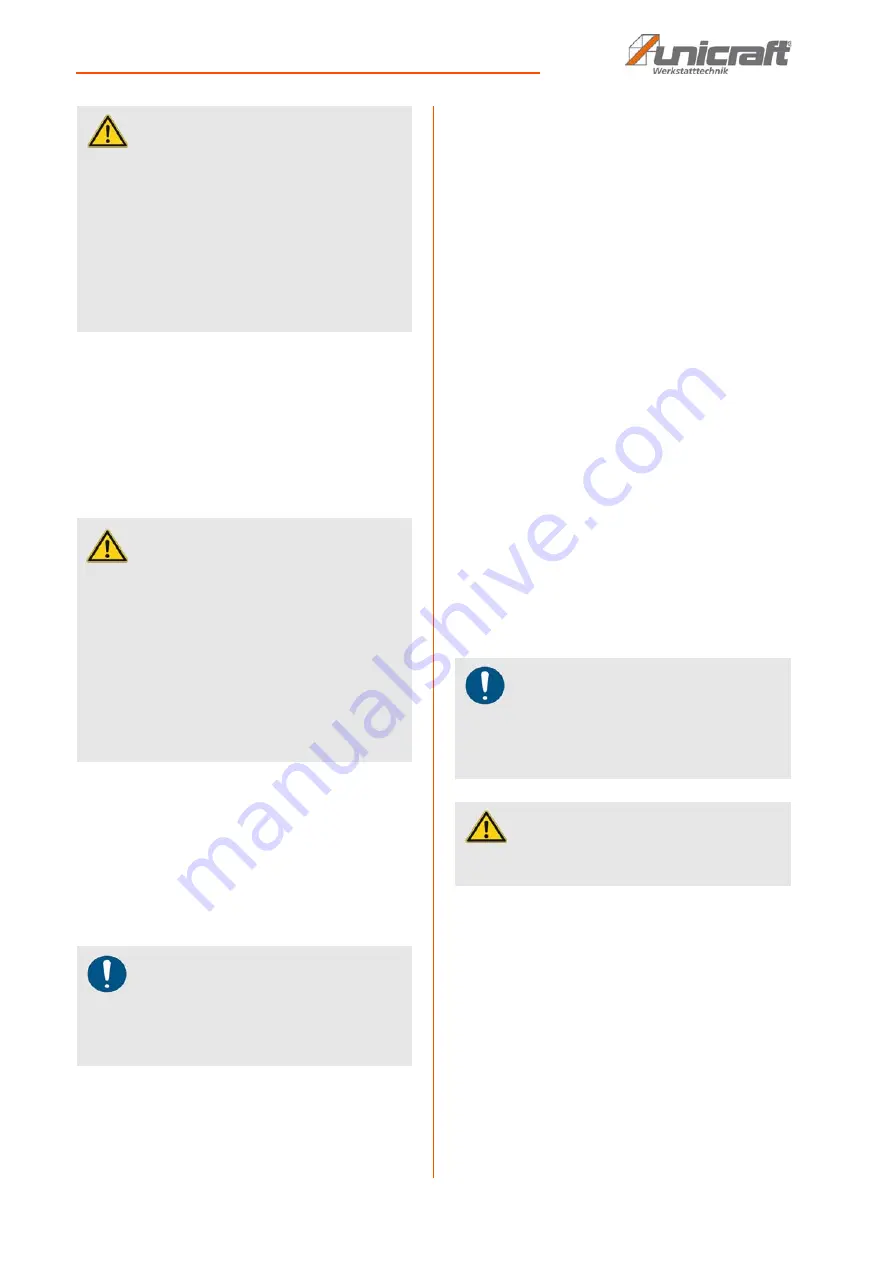
20
PG-I Series | Version 1.03
Connection of the consumers
10 Connection of the consumers
10.1Power
Calculation of the power in watts required for starting and
operating the loads to be supplied.
Step 1: Select the electrical loads to be used at the same
time.
Step 2: Calculate the total power of these consumers in
watts. This value corresponds to the power re-
quired to keep the loads in operation.
Watt = Volt x Ampere
Step 3: Locate the consumer with the highest starting
current value and add this value to the previously
calculated values.
Step 4: Start the motor without the consumers connected
and let it run for a few minutes so that it can sta-
bilise.
Step 5: Connect and switch on the first consumer, prefer-
ably the consumer with the highest power requi-
rement first. Then wait until the motor has stabili-
zed.
Step 6: Connect the next consumer, switch it on and wait
until the motor has stabilized, etc.
10.2Charging batteries
Start the engine and wait until it has reached the correct
speed before connecting the battery. The batteries can
be charged via the 12 V DC socket.
Step 1: Make sure that the energy saving switch is set to
"O" or "Off" while charging the batteries.
Step 2: Make sure that the red cable of the battery char-
ger is connected to the positive (+) pole of the
battery and the black cable is connected to the
negative (-) pole of the battery. Never mix up
these two cables!
Step 3: Firmly connect the battery charger's pole termi-
nals to the battery's poles so that they cannot
become loose due to vibration or other stres-
ses.
Step 4: Charge the battery according to the instructions
in the battery user manual.
Refer to the battery operating manual for information on
charging times.
DANGER!
The generator should be started at least every seven
days and run for about 30 minutes. If this is not pos-
sible and the generator is out of operation for more
than 30 days, the following measures should be
taken to ensure proper storage:
Empty the fuel tank, start the generator and let it run
until all fuel is used up and the generator stops.
Cover the cooled generator and protect it from
moisture.
Further measures in the chapter "Storage".
ATTENTION!
Ensure that the nominal voltage and frequency of the
generator are compatible with all electrical loads that
the equipment must supply. If the current consump-
tion exceeds the generator power, one or more loads
must be disconnected and connected to a separate
generator.
The DC sockets may only be used for charging 12 V
batteries.
Never connect three-phase consumers to the gene-
rator.
Never overload the generator.
NOTE!
The starting current is an extra pulse of power requi-
red to start some electrical consumers. If you follow
the steps described in the following section, the
consumers are started one after the other.
NOTE!
The DC circuit breaker automatically switches to "O"
when the current exceeds the rated value.
To restart the charging process, set the DC circuit
breaker to "I" or "On".
CAUTION!
Never start or stop the generator while electrical
loads are connected or switched on.

